Why Spider-Man's Spider-Verse was practically inevitable
Marvel has been using Spider-Man to break new ground for decades
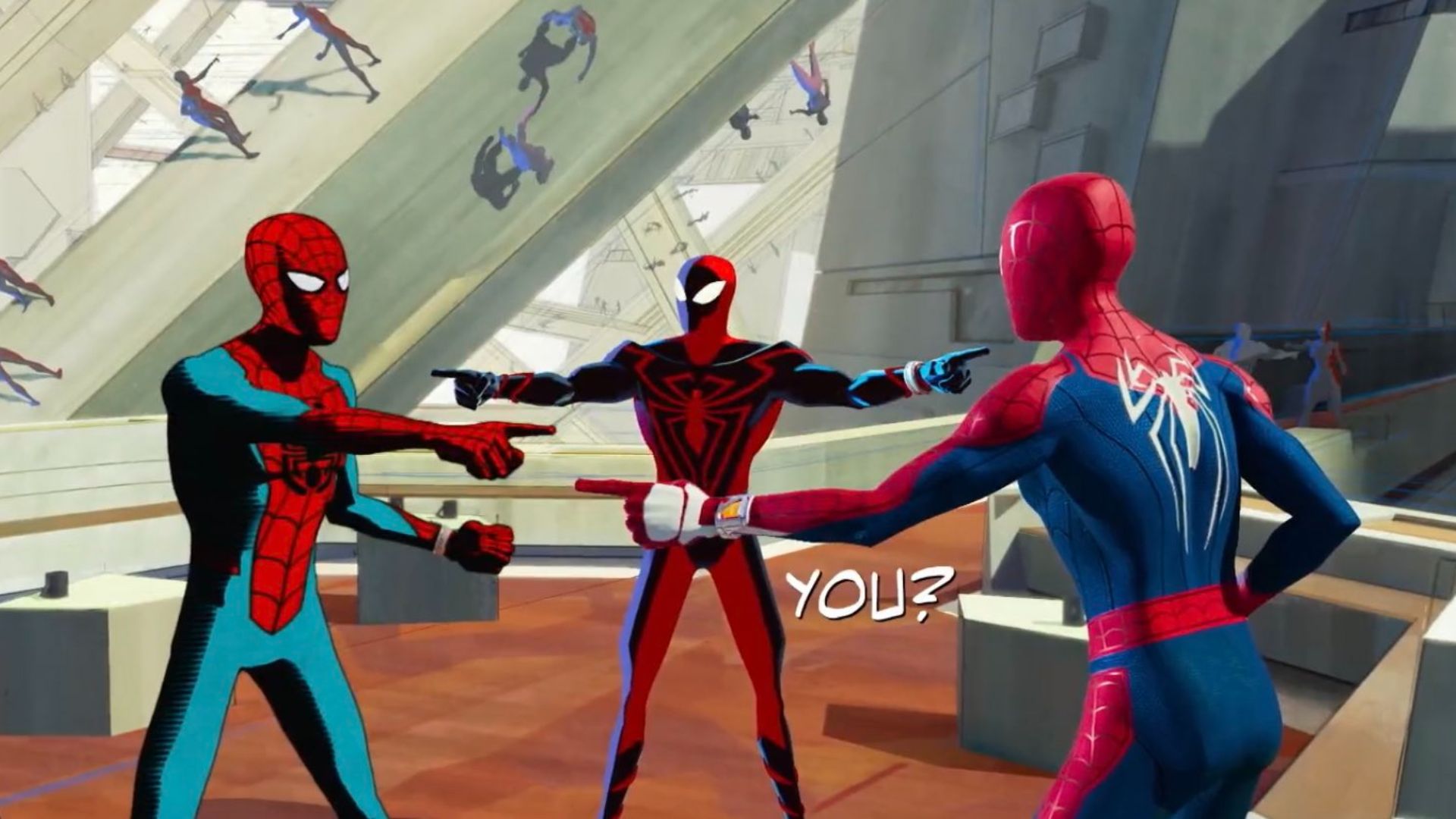
It may have taken decades to officially codify, but the idea of the Spider-Verse was almost inevitable. It's practically part of the very fabric of Spider-Man - almost literally, thanks to his costume.
See, there's a parable about Spider-Man that his mask makes him relatable to a wide audience. As eerie as its big glassy eyes may be, it's said that readers often find it easy to put themselves in Spidey's shoes thanks to the anonymous nature of Steve Ditko's legendary costume design.
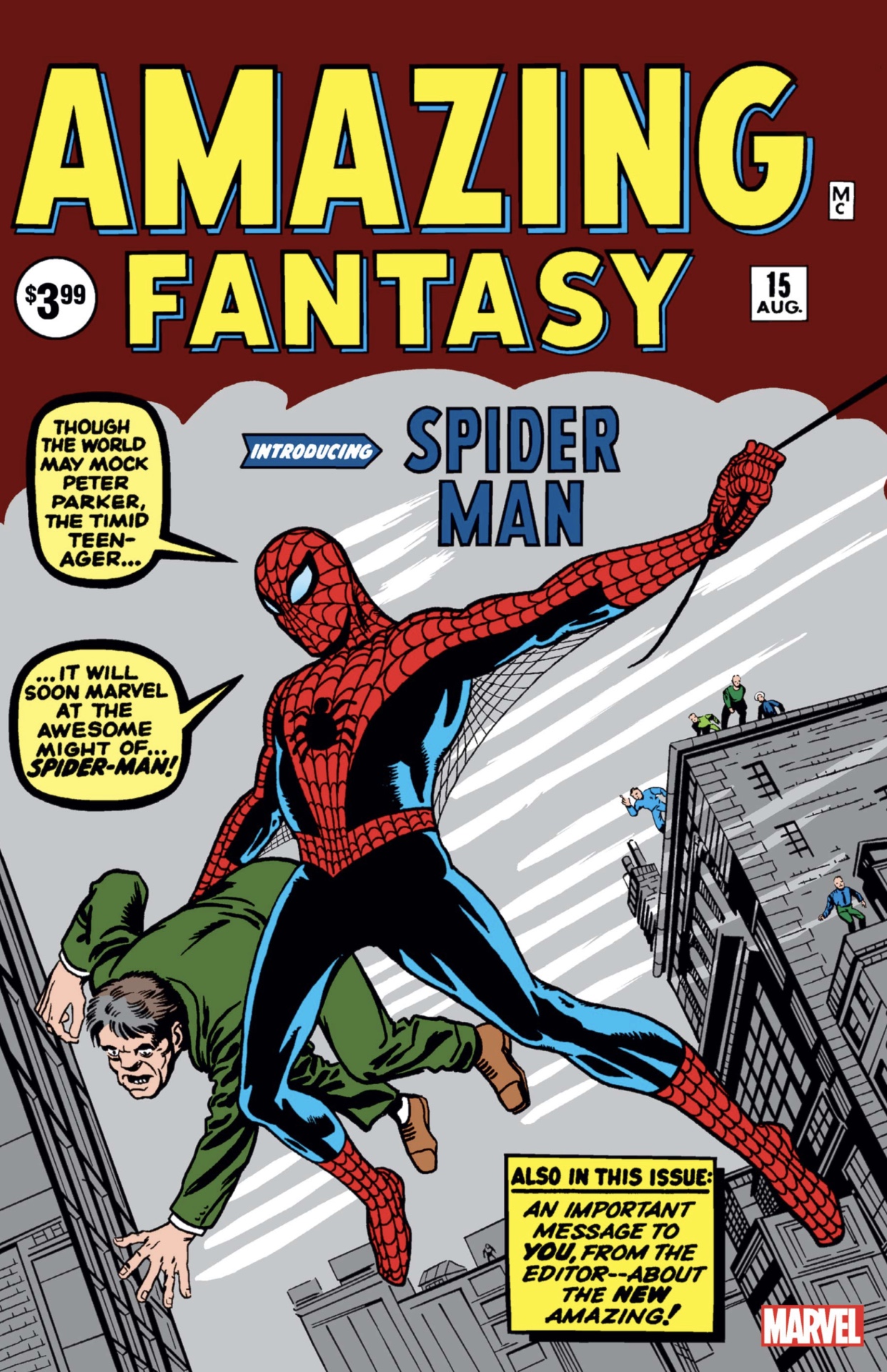
Peter Parker's easygoing nature is an equal puzzle piece - who hasn't thought "Ugh, me," when reading about the "Ol' Parker Luck," or watching Pete try to balance his personal life with his superhero responsibilities?
Those two key elements are what have made Spider-Man Marvel's go-to hero for trying out new publishing concepts and even new media - he always manages to fit right in.
Whether Steve Ditko and Stan Lee knew exactly what they had on their hands when they came up with Spider-Man as a character and design in 1962, they managed to create what seems to be just about the perfect character for fans to latch onto.
Just look at the massive wave of "Spider-sona" fan OCs that begin cropping up whenever the concept of the Spider-Verse is trending - people's own personal imaginings of what they might be like as a Spider-hero from across the Multiverse.
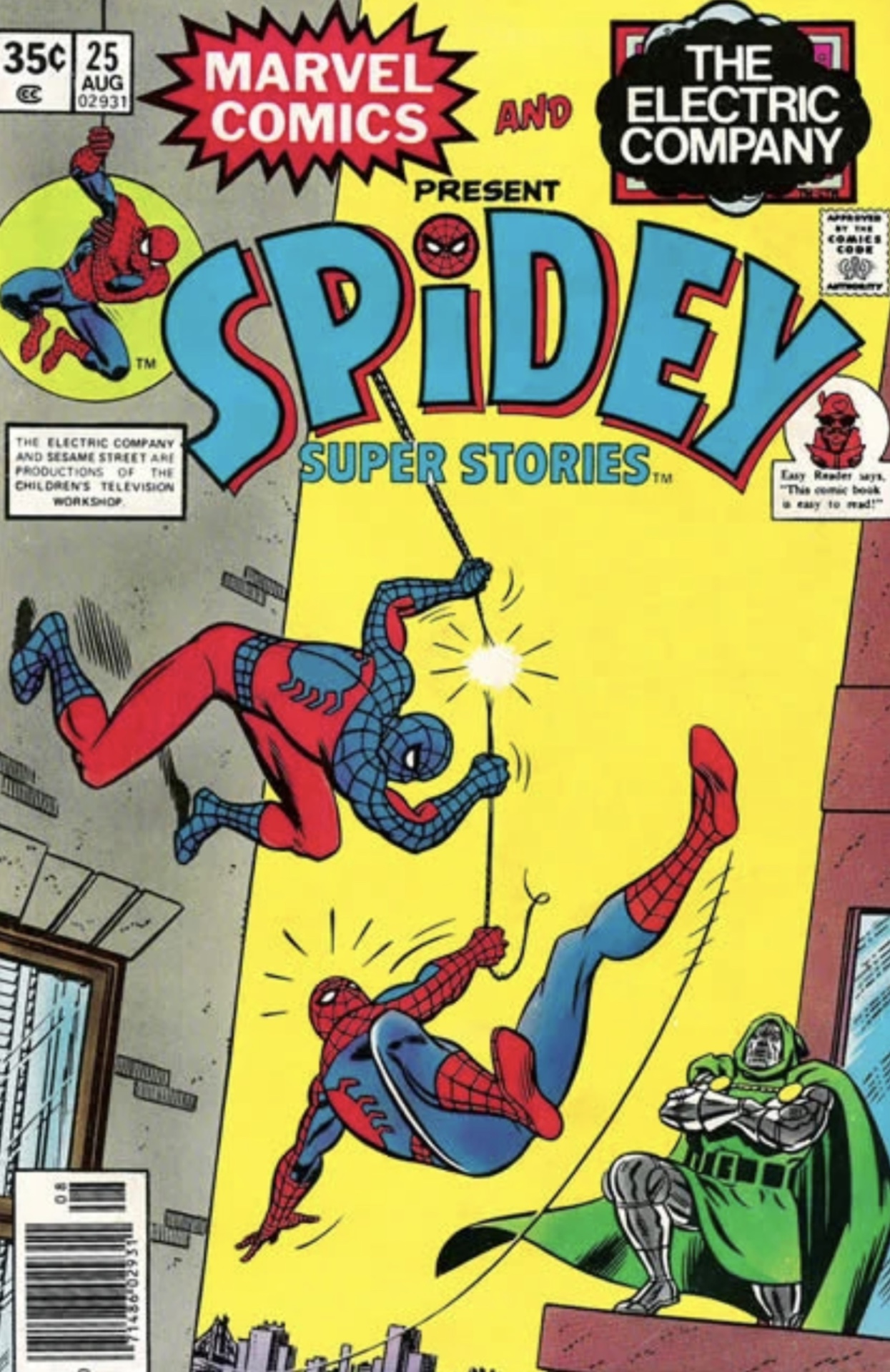
The idea is practically baked into Spider-Man as a character, whether that was part of the original recipe or not. And Marvel has recognized Spidey's inherent mass appeal for decades, using him not just as a corporate mascot but often as its pioneer into new concepts, new publishing ideas, and even new media.
Get the best comic news, insights, opinions, analysis and more!
Though it wasn't fully formed and named until 2015, the idea of the Spider-Verse has been quietly brewing since Marvel first began expanding into media outside of comics.
Back in the early '70s, Marvel licensed Spider-Man to the educational kids' show The Electric Company, leading to a series of cult-favorite animated shorts and even live-action segments, making Spider-Man to be Marvel's first character ever adapted into live-action. This later led to a full-on adult-focused prime time Spider-Man TV show starring Nicholas Hammond - also a Marvel first.
Along with the popular segments on The Electric Company TV show, Marvel produced a series of all-ages comics called Spidey Super Stories running from 1974-1982.
Borrowing the name of the TV segment, Spidey Super Stories featured a younger-leaning Spider-Man engaging in fun and funky adventures that weren't considered canon - one of the first alt-Spider-Man comics, and one of Marvel's first alternate versions of one of its main characters with a totally separate continuity.
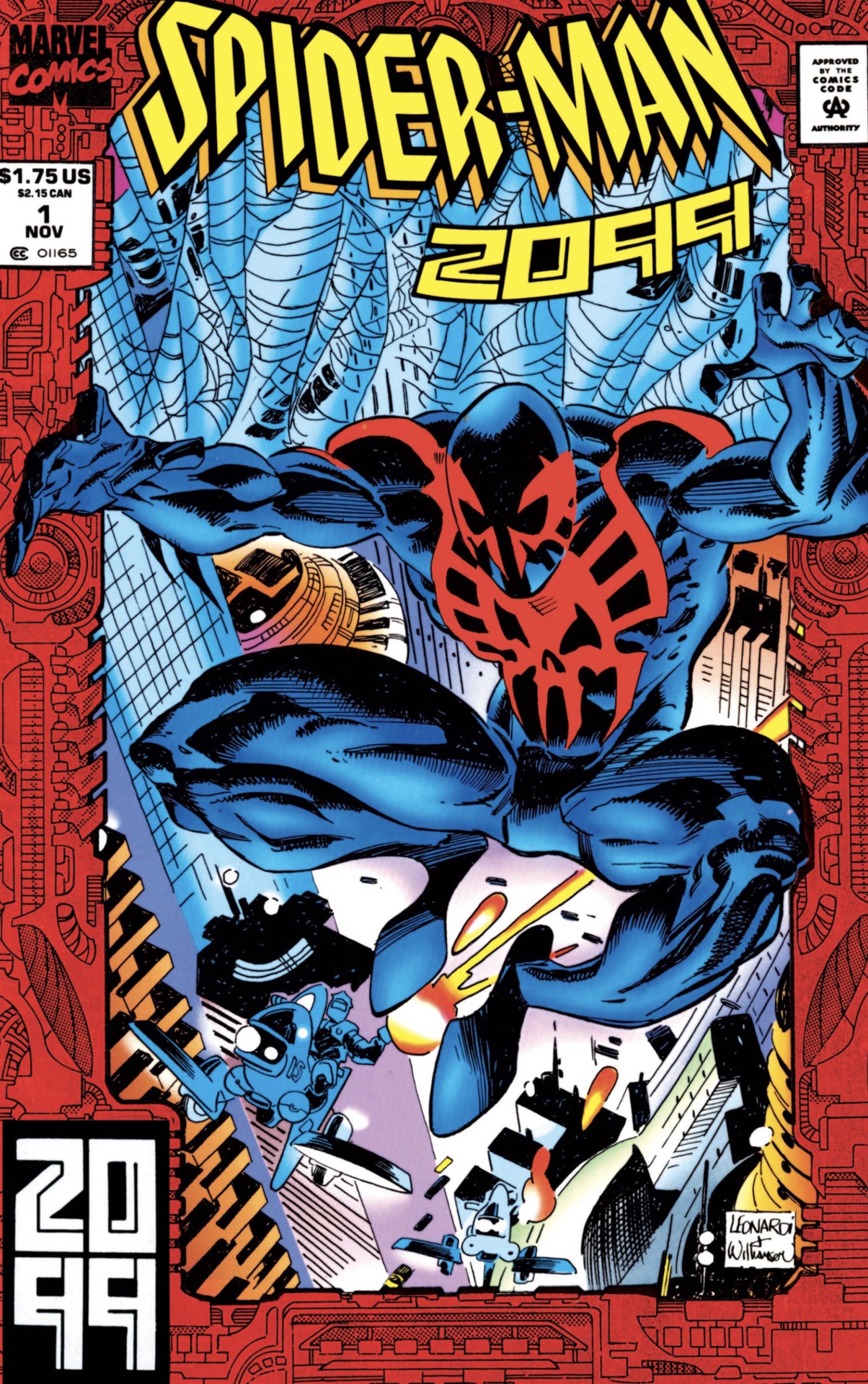
In the early '90s, just about a decade after the end of Spidey Super Stories, Marvel took a new leap forward with a separate continuity featuring alt-versions of many of its leading characters - the world of Marvel 2099.
Set in the future world of, when else, 2099, the concept was built around a line of comics starring future versions of heroes such as the X-Men, the Punisher, Ghost Rider, and of course, the hero that launched the line, Spider-Man 2099.
Created by Peter David and Rick Leonardi, Spider-Man 2099 is Miguel O'Hara, a very different hero from Peter Parker - a bit more aggro, a little less quippy - but heir to Peter's legacy in the future world of 2099 nonetheless.
As the flagship character of the 2099 line, Spider-Man 2099 became the most enduring character from his future timeline, quickly starring in a special flashback team-up with Peter Parker that could be considered one of the first unofficial Spider-Verse crossovers. Even after the end of the 2099 line, Miguel O'Hara continued to appear occasionally, even headlining his own revived series a few years ago.
The '90s also brought the 'Clone Saga,' a still-polarizing story in which numerous clones of Peter Parker were revealed, including Ben Reilly who took his place as Spider-Man for a time, bringing the idea of multiple Spideys right into the main Marvel continuity.
And at the same time, Spider-Man followed the X-Men into his own much loved animated series which eventually expanded to include cameos from characters all across the Marvel Universe, something which the preceding X-Men cartoon had been restricted from.
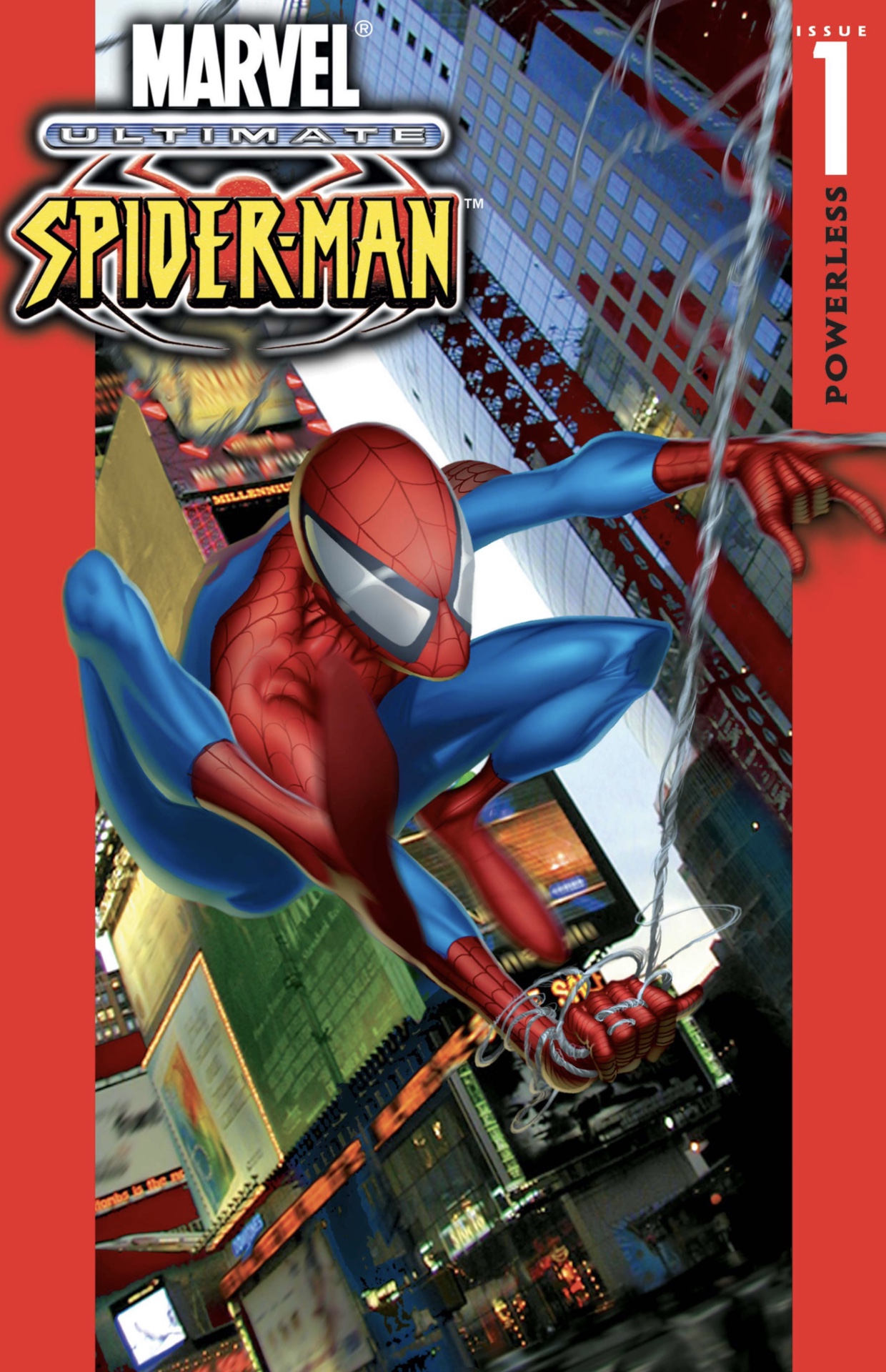
But just a few years later, Marvel would take its 2099 experiment even further along with the idea of having multiple Spider-Men with the launch of Brian Bendis and Mark Bagley's Ultimate Spider-Man in 2000, once again using the Friendly Neighborhood Wall-Crawler to usher in and establish a new friendly neighborhood of sorts.
Unlike the world of 2099 however, the Ultimate Universe specifically featured alt-versions of well known characters with new, ideally new-reader-friendly stories and concepts behind them. This meant that for the first time since Spidey Super Stories, Marvel had two different versions of Peter Parker each starring in their own separate ongoing titles with their own continuities behind them.
Aspects of the Ultimate Spider-Man comic even made their way into Sam Raimi's 2002 Spider-Man film, which once again followed the live-action X-Men film to theaters. But somewhat like their '90s cartoon predecessors, the Spider-Man film broke new ground that the X-Men film had shied away from with much more comic book-inspired visuals.
Unfortunately, the weight of the Ultimate Universe's own growing continuity eventually caught up with it, leading to the end of the Ultimate line in the 2015-2016 story Secret Wars - but not before the fan-favorite line could leave a parting gift in the form of Miles Morales, Peter Parker's successor as Spider-Man in the Ultimate Universe.
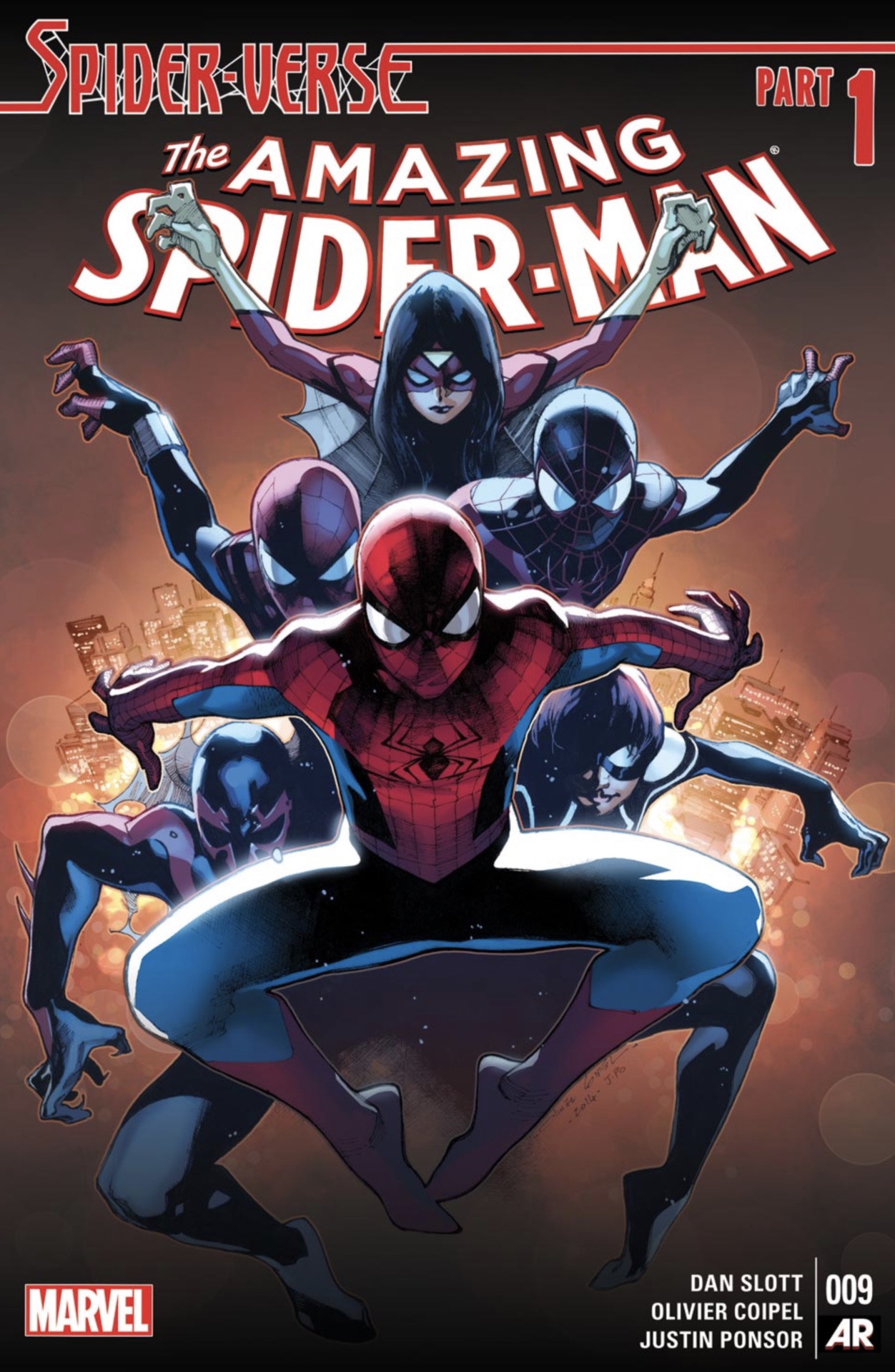
Just a few years prior to Secret Wars, Miles and Peter became the first characters to break the line of separation between the main Marvel continuity and the Ultimate Universe in the 2012 story Spider-Men. So when Secret Wars remade the Marvel Multiverse without the Ultimate Universe in it, Miles and his supporting cast were transferred into the core Marvel reality, where Miles now co-exists alongside the mainstream Peter Parker.
Around the same time as Secret Wars, writer Dan Slott and artists Giuseppe Camuncoli and Olivier Coipel finally codified the idea that Spider-Man has a unique and special position in the Marvel Multiverse, tapping into the long-simmering concept of an infinite number of alt-Spideys with their own way of being heroes and turning that into the Spider-Verse.
Not content to simply bring together heroes such as Peter Parker, Miguel O'Hara, Ben Reilly, and Miles Morales, Spider-Verse even brought in the Electric Company Spider-Man, the '60s animated Spider-Man, the Nicholas Hammond live-action Spider-Man, and many other alt-Spidey's that had been published over the decades such as Manga Spider-Man, and even the Spider-Man from the ubiquitous Hostess Cupcake print ads of the '70s and '80s.
In other words, the concept of the Spider-Verse finally officially recognized Marvel's propensity for using Spider-Man as its first pioneer into new territory and his ubiquitous nature as an anonymous superhero as being endemic to his character in-universe as well as behind the scenes.
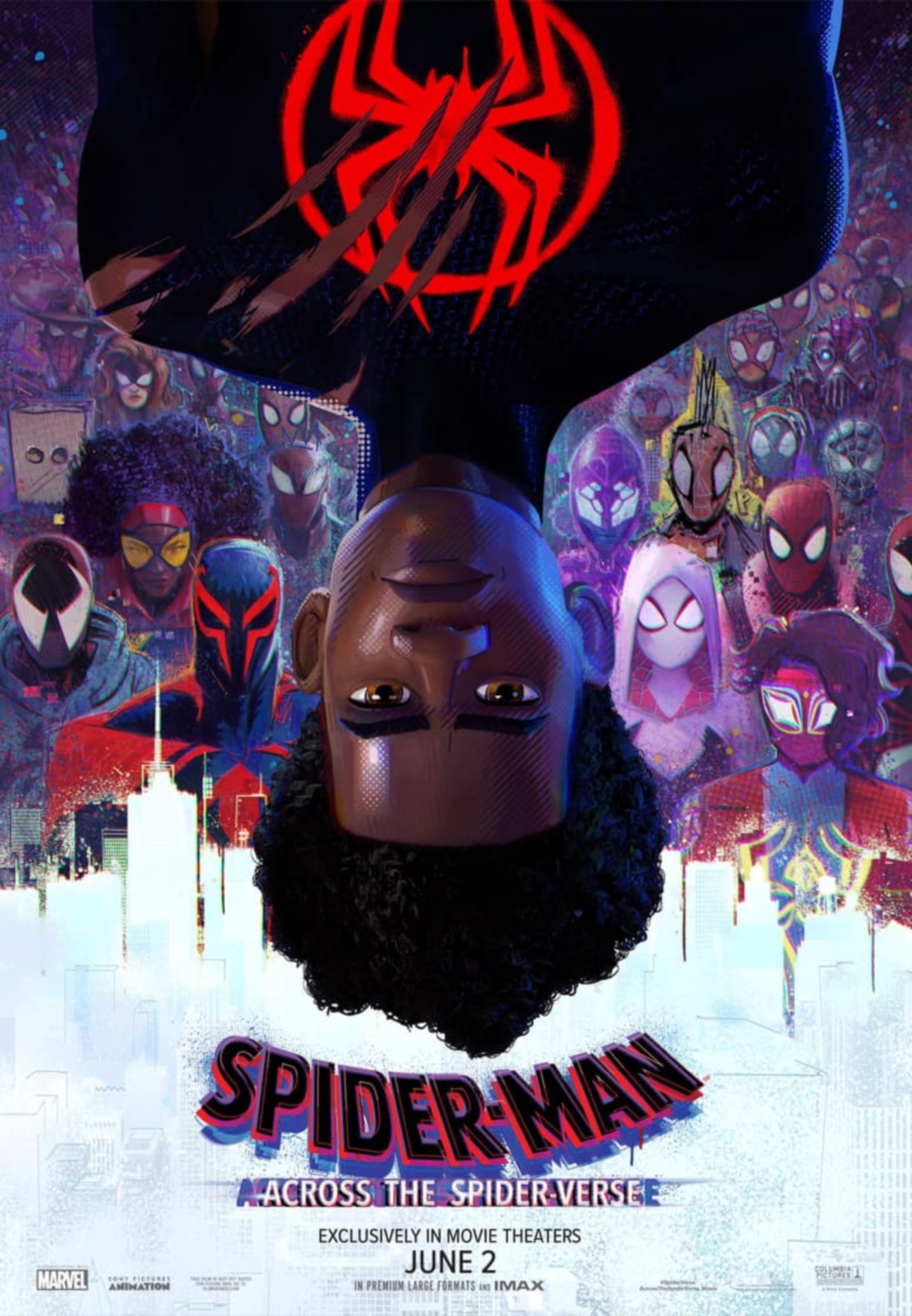
From there, the Spider-Verse opened the floodgates. Spider-Man: Enter the Spider-Verse kicked off the ever-growing wave of superhero movies and streaming series that focus on the Multiverse and 'Variants' of core heroes - a trend quickly picked up by Spider-Man: No Way Home, which broke boundary of bringing in versions of heroes from previous movie franchises into the MCU.
And now, Spider-Man: Across the Spider-Verse has expanded the concept even further, inspiring a new wave of fan Spider-sonas, some of whom have been officially adapted into continuity - and even bringing things full circle with a leading role for Oscar Isaac's Spider-Man 2099. Marvel Comics is also poised to revive the Ultimate Universe in the current Ultimate Invasion limited series, bringing back the side continuity that all started with Spider-Man over 20 years ago.
All of which goes to show that you can't keep a good Spider down - especially when he's now officially inviting fans of all walks of life into the Spider-Verse and tapping directly into some of the key principles that have made Spider-Man one of the most popular fictional characters of all time.
Here are all the Spider-Man variants we could name in the first Spider-Man: Across the Spider-Verse trailer and poster - including some original Spider-sonas.
I've been Newsarama's resident Marvel Comics expert and general comic book historian since 2011. I've also been the on-site reporter at most major comic conventions such as Comic-Con International: San Diego, New York Comic Con, and C2E2. Outside of comic journalism, I am the artist of many weird pictures, and the guitarist of many heavy riffs. (They/Them)



